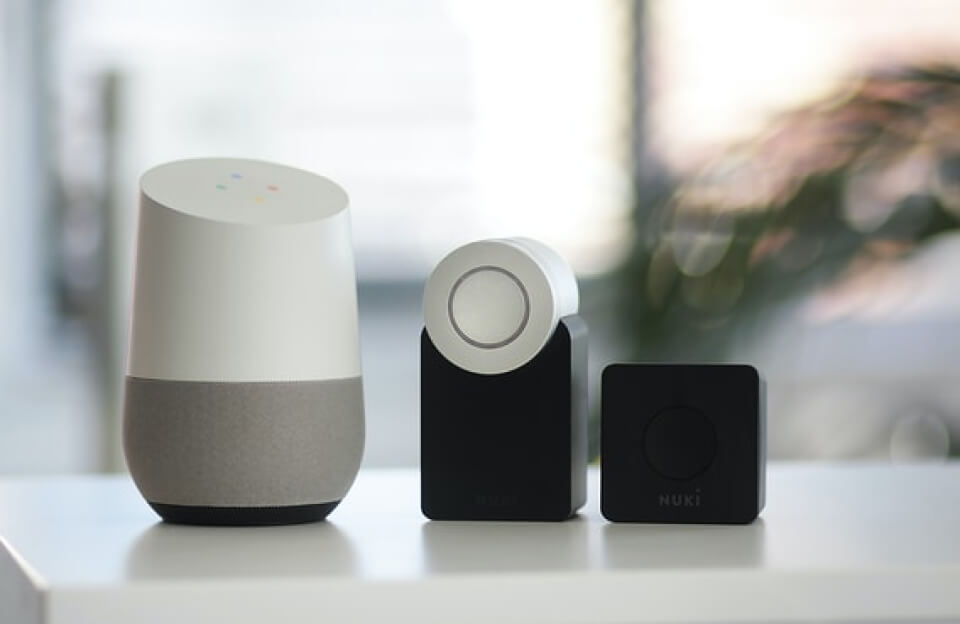There are a number of ways to categorise survey types. Initially we can split surveys into 3 separate areas. Surveys for exploration, surveys for accurate description and casual surveys. We can’t go into a great amount of detail here but will give a brief overview of each type.
Surveys for exploration are used for creation and idea generation. They hope to gather unique information that isn’t overly targeted. An example of this might be for a breakfast cereal company running a survey that might give them ideas of potential mascots for a new line of cereal. The questions here are more vague and might offer lots of free text space for people to detail open ideas. Surveys like this are a larger burden on the research staff as you cannot simply put the data into a spreadsheet, each response must be reviewed separately. Why try to divine what the public might like on their cereal box when you can just ask them in a survey?
Surveys for accurate description are different from exploration surveys in that they are far more targeted. Rather than offer free text space for respondents to fill they are offered question types such as multiple choice options, simple yes/no boxes and the ordered ranking of lists to name but a few. These types of questions result in data that can indeed be brought into a spreadsheet for analysis. Statistical data can be drawn and used to inform opinions. Furthermore, if the exact survey is done after a time, trends can be seen and predictions formulated.
Finally there is a more casual approach to this type of research. It is similar to the more accurate type of survey detailed above as you aim to gain exact and quantifiable data from it. Rather than use a formal approach such as in the accurate method, the method here is one that is more experimentational. A good example of this is known as “A/B Testing”, it is used on the internet in order to find out which page or advert designs are more effective. Someone looking to employ such testing would create 2 pages or adverts and run them simultaneously. The website would have code built into it that would send 50% of visitors to page/advert A and 50% to page/advert B. The longer a test like this is run, the more accurate the results become and you can tell which is more effective easily.
Using the right type of survey is very important if you are not to waste time and resources. An exploration survey is an ideal place to start as the unique idea generation can inform your choices in later, more targeted surveys. More descriptive surveys can be far more effective once the results from exploration surveys are analysed and your questions can cut straight to the points of interest. Causal surveys are best used when you need to hone in on a specific data point, and getting to these using a direct human interaction is a very pure way of doing so.



